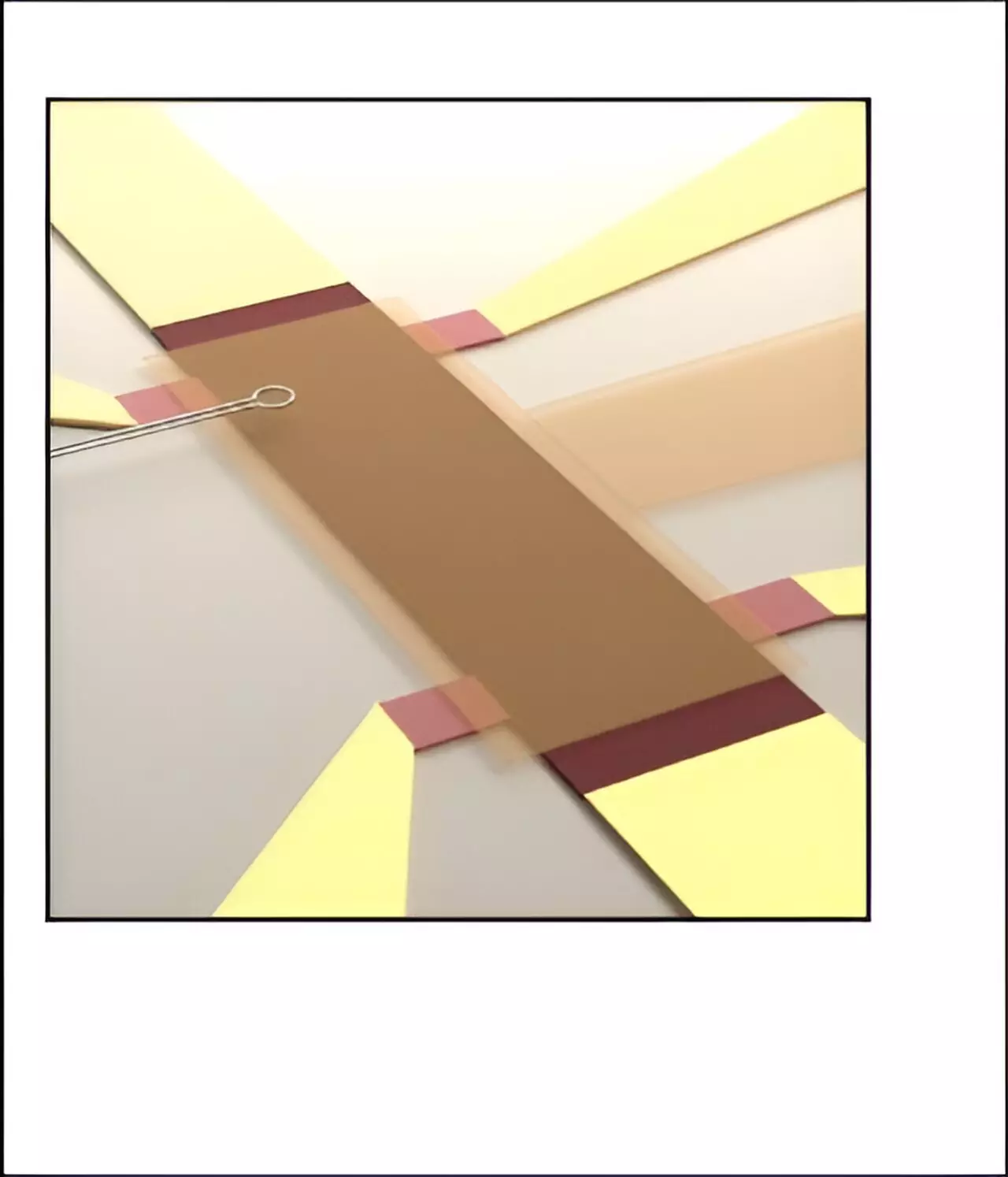Topological protection, a cornerstone concept in modern physics, endows certain phenomena with remarkable robustness against disturbances. This resilience arises from the geometric properties of quantum wavefunctions in topological states of matter, where specific properties are encoded in their topology. Such states are intricately woven into the fabric of condensed matter physics, shining through various experiments, particularly those focused on the quantum Hall effect. However, while topological protection offers unparalleled stability, it simultaneously introduces a paradox known as topological censorship, which obfuscates the rich, microscopic details hidden within these systems.
Topological censorship effectively acts as a barrier, preventing researchers from probing deeper into the local properties of topological states. Instead, what is typically observable are the global properties—universal characteristics that manifest in experimental setups but obscure the intricate behaviors that occur at a microscopic level. This scenario echoes the analogy of black holes, where the event horizon conceals the true nature of the falling objects. Consequently, despite the theoretical elegance and robustness promised by topological states and their protection mechanisms, a wealth of vital information remains shrouded in mystery, waiting to be unearthed.
Recent advancements have inspired a shift in the discourse surrounding topological states, particularly through the notable work of Douçot, Kovrizhin, and Moessner, which challenges long-standing notions tied to topological censorship. Their collaborative efforts, published in the *Proceedings of the National Academy of Sciences*, shine a light on an unexpected phenomenon: the emergence of meandering edge states that carry topologically quantized currents.
In a significant departure from traditional views, their research uncovers the possibility of tuning between diverse microscopic implementations that still correspond to identical topologically protected quantities. This breakthrough lays the groundwork for a more nuanced understanding of the mechanisms underlying topological behavior, suggesting that the notion of rigidly defined current paths may be overly simplistic. Their findings reinvigorate discussions about the intricate interplay between topology and microscopic properties, revealing the potential pathways for transporting current within topological systems.
Central to this investigation is the phenomenon of Chern insulators, which were initially predicted by Duncan Haldane in the late 1980s but only realized experimentally in 2009. These exotic materials provide a fresh perspective on the quantum Hall effect by demonstrating that robust topological states can exist without the influence of external magnetic fields. They have since become a focus of intense study, particularly in the context of their unique ability to support conductive states while simultaneously insulating the bulk.
Recent experiments conducted at prestigious institutions like Stanford and Cornell have unveiled surprising and counterintuitive results regarding the behavior of currents in Chern insulators. Contrary to the established norm—that electrical currents are confined to the edges—these investigations revealed that currents could flow internally as well. This contradictory observation sparked a much-needed theoretical exploration to reconcile experimental results with existing theoretical frameworks.
The collaborative work of the theorists mentioned earlier aims to bridge this gap by presenting a model that explains the behavior observed by experimentalists. Their analysis identifies the existence of a meandering conduction channel within Chern insulators, likened to a meandering river rather than a straightforward channel. This insight is not merely an application of established physics but an endeavor to challenge and refine the existing narrative by shedding light on how current can exhibit properties associated with bulk conductivity rather than being confined to the edges.
This reassessment of spatial current distribution within Chern insulators not only reconciles theoretical predictions with experimental observations but also encourages new avenues of research to investigate how these topological states can be further manipulated and understood. By addressing the question of where quantized charge currents flow in these complex systems, researchers are poised to reevaluate the foundational assumptions about topological states and their microscopic characteristics.
As the interplay between theory and experiment unfolds, the implications of these findings extend beyond mere academic curiosity. The observed properties and mechanisms within Chern insulators could open new pathways for future technologies, particularly in the realms of quantum computing where stability against errors is crucial. The gradual demystification of topological censorship heralds an exciting era in condensed matter physics, one where the rich microscopic details that underpin robust quantum states are finally being revealed.
As researchers continue to peel back the layers of topological behavior, the scientific community stands on the precipice of significant breakthroughs that may redefine our understanding of materials and their potential applications. The ongoing dialogue between experimental findings and theoretical insights serves as a reminder of the dynamic nature of scientific inquiry, underscoring the importance of curiosity and perseverance in untangling the complexities of the universe.

